I was visiting the shrine. I liked how the sky looked here and thought it made a nice scene. Luckily I had my camera with me, as I often do, so I snapped a photo.
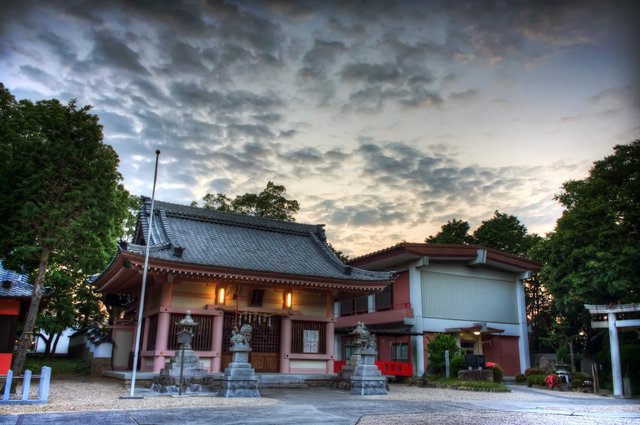
Shrines are wonderful places in Japan if you are the nature type. They are surrounded by nature, usually thick with trees on at least a few sides, are quiet, are filled with pleasant insect sounds such a crickets in autumn and cicada in summer. All around great places to relax.
This one is called Shiratori Shrine (白鳥神社). It has a major highway on the other side, but the trees do a remarkable job of blocking out the noise, making it quiet enough that you might not guess there was a loud road nearby if you didn't otherwise know. This is one of my favorite shrines and I come here often.
What are we looking at here... well, if you've been following along with me in this photo series you may already know, but for those new, let's call out a few things we see.
The two stature you see are lion-dogs, called komainu. One has his mouth open and one has his mouth closed. Together they represent the sacred syllable om (ॐ), the beginning and the end and contain all things between them. They are thought to repel evil. They come from Buddhism but worked their way over to Shinto during the several hundred years when Buddhism and Shinto had, more or less, completely merged.
The building behind them is the main shrine of the shrine complex, the honden (本殿). Inside is supposed to be a mirror, representing the enshrined kami (spirit). The building is closed to the public so who knows what's really in there. Mirrors themselves are sacred in Japanese mythology. In general they represent Amaterasu, the sun goddess and main godhead in Japan, as they were featured in one of the creation myths of the country. Mirrors at shrines in addition to representing the enshrined kami may also suggest the sacred mirror Yata no Kagami (八咫鏡) which is a very important relic of the Imperial household and is said to contains the very essence of Amaterasu.
When you go to a shrine, you shake that rope at the honden to get the kami's attention, then you bow twice, clap twice, bow once more and pray. After praying you bow again. When you leave the shrine and pass through the torii gate, you should turn and bow again. Lots of bowing at shrines.
That rope you see hanging above the door of the honden is a shimenawa (標縄). It is to repel evil. You find those hanging above all shrine honden. The champion sumo wrestler also wears one. Those white strips of paper hanging from it are shide (紙垂). They are more purification, good luck things. When you buy a new house in Japan the head priest will come out with a wand with shide at the end and he will shake it over the property to drive away evil spirits. You can also see shimenawa on the komainu statues the other building, and around the tree on the left.
When shimenawa are around trees, they are marking it as a holy tree, a home of a kodama (木霊), which is a kind of forest spirit. If you've seen Princess Mononoke you know what kodama are. Cutting down these trees is considered very bad luck.
Of course there is a torii gate on the right. A stone one. Often (but not always) stone torii mark the innermost part of the shrine (where the honden is) while wood torii (usually painted red) will mark the first entrance to the shrine complex.
Maybe that's enough. If anyone has made it this far, thanks for listening to my rambling :)
❦
Thank you for visiting and reading :)
Recent Beautiful Japan Photos
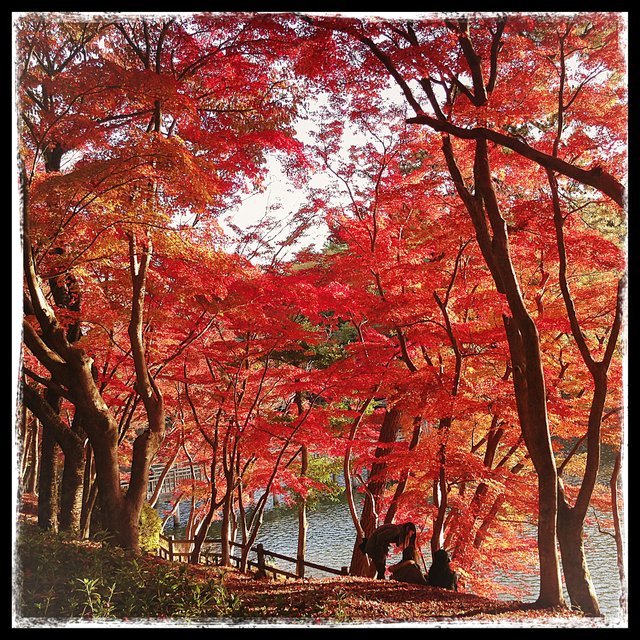
I Could Sit Under Here Forever With You |
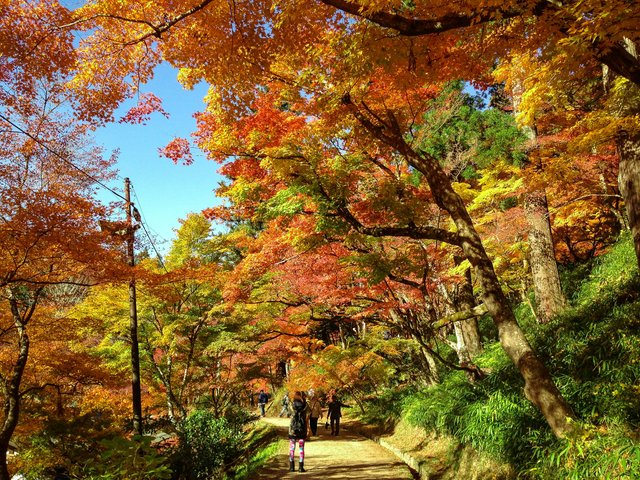
Catching Mother Nature |
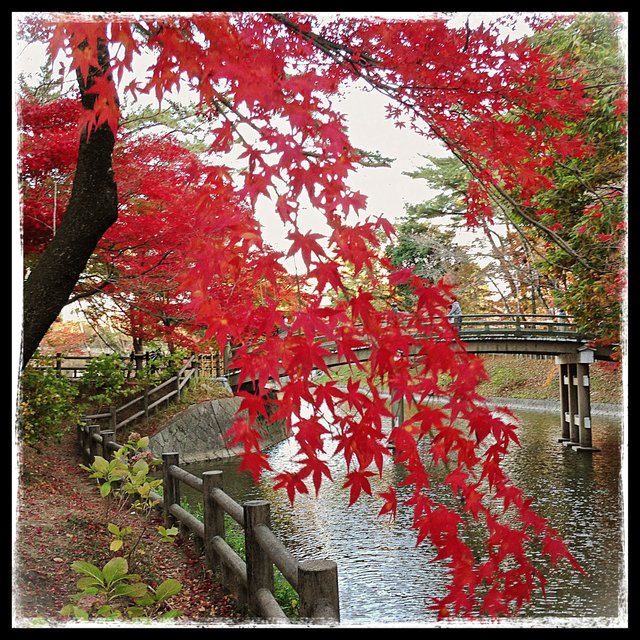
Autumn at the Hidden Bridge |

Making Waves |
❦
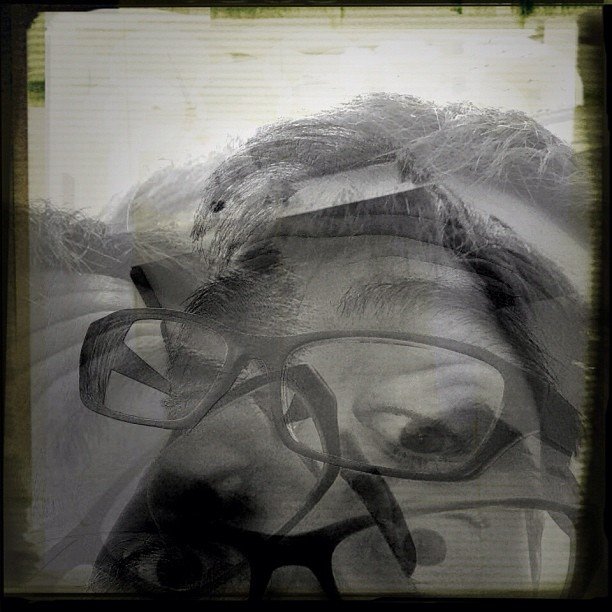 | David LaSpina is an American photographer lost in Japan, trying to capture the beauty of this country one photo at a time. More? |
All photos copyright © David LaSpina 2017-2018, but free to use for personal use due to the extremely generous terms of the Creative Commons BY-NC-SA license. Spiffy! More details here.
Thank you so much for participating the Partiko Delegation Plan Round 1! We really appreciate your support! As part of the delegation benefits, we just gave you a 3.00% upvote! Together, let’s change the world!
Downvoting a post can decrease pending rewards and make it less visible. Common reasons:
Submit
Hi, @dbooster!
You just got a 1.69% upvote from SteemPlus!
To get higher upvotes, earn more SteemPlus Points (SPP). On your Steemit wallet, check your SPP balance and click on "How to earn SPP?" to find out all the ways to earn.
If you're not using SteemPlus yet, please check our last posts in here to see the many ways in which SteemPlus can improve your Steem experience on Steemit and Busy.
Downvoting a post can decrease pending rewards and make it less visible. Common reasons:
Submit
Hi @dbooster!
Your post was upvoted by @steem-ua, new Steem dApp, using UserAuthority for algorithmic post curation!
Your UA account score is currently 3.846 which ranks you at #4383 across all Steem accounts.
Your rank has improved 3 places in the last three days (old rank 4386).
In our last Algorithmic Curation Round, consisting of 193 contributions, your post is ranked at #51.
Evaluation of your UA score:
Feel free to join our @steem-ua Discord server
Downvoting a post can decrease pending rewards and make it less visible. Common reasons:
Submit
Howdy sir dbooster! This is very interesting to learn and the shrine bulding and surroundings are wonderful but if you can't go inside then you're just supposed to pray outside? And if you can't go inside then who are these shrines for?
Downvoting a post can decrease pending rewards and make it less visible. Common reasons:
Submit